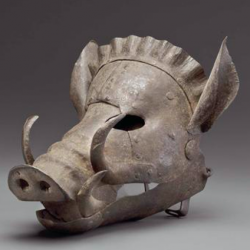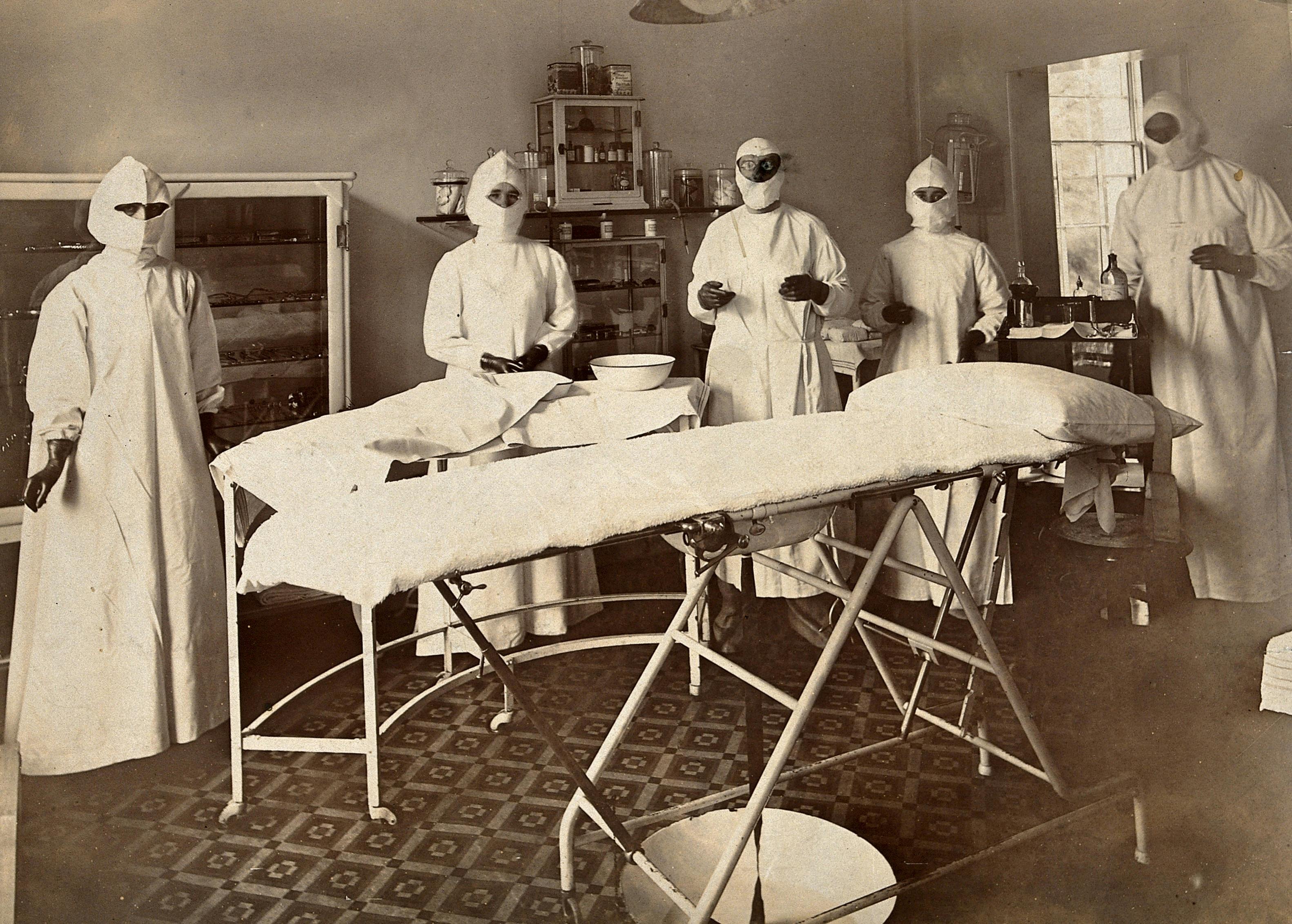
While researching the subject of medical masks during the 20th century compared to the overall history of face masks since its inception, masks reflected the development of progressive scientific thinking during the century. The scientific ideas that were developed leading up to the 20th century profoundly impacted history and culture during the 20th century. After the influenza pandemic in 1918, further research and progress were made to elaborate face masks. In 1937, there was a movement for healthcare workers to wear face masks in surgical rooms, especially having the front cover the nose. This particular scientific reasoning and communication to the public were among many breakthroughs that we can see in the scientific community in the 20th century.
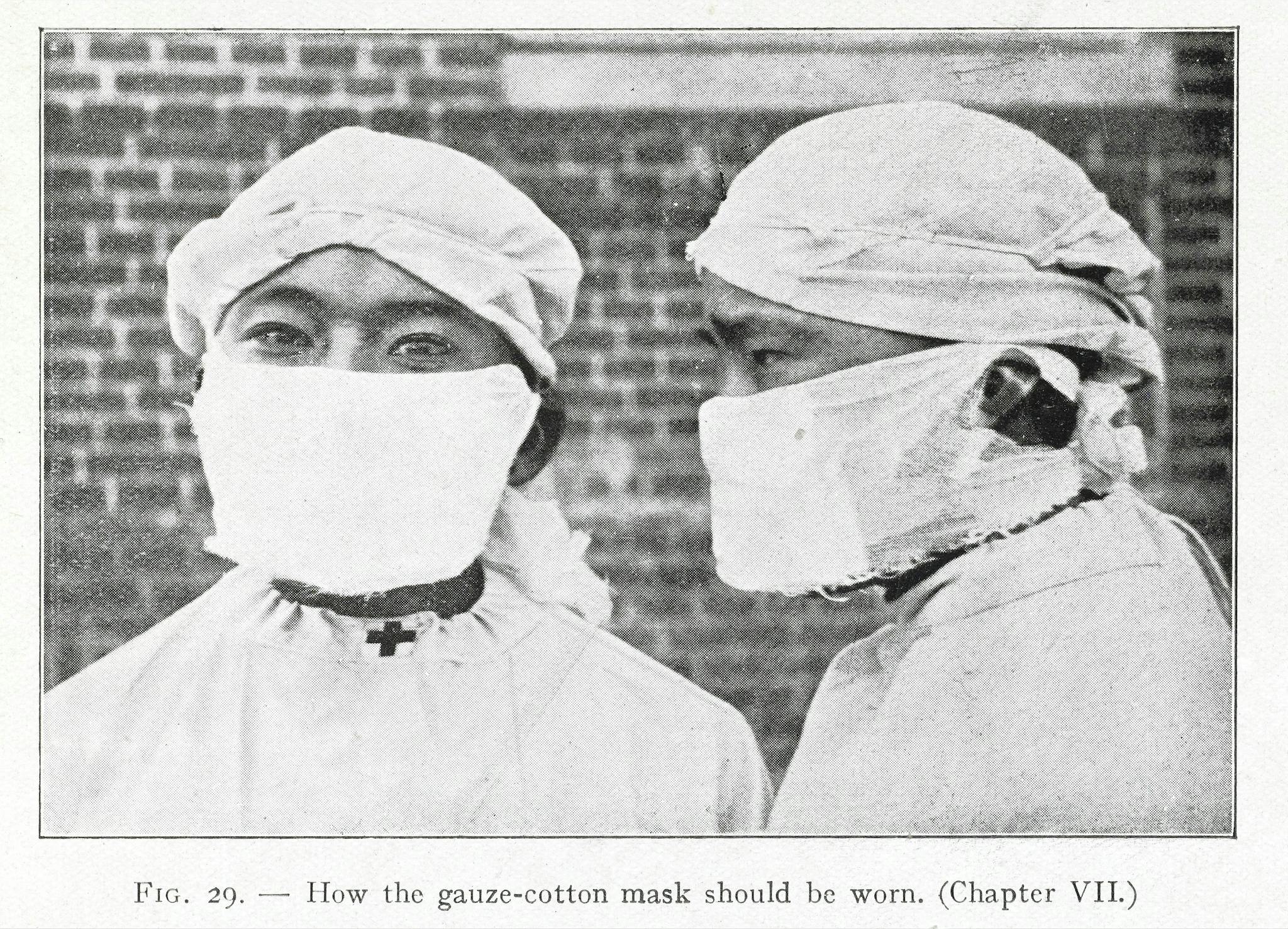
Using the article, “Protective Face Masks Through Centuries from XVII Century Plague Doctors to Current Healthcare Professionals Managing Covid-19 Pandemic” by Andrea Alberto Conti, I was able to learn about the important and detailed history of medical masks in the 20th Century. This article comes from the the National Library of Medicine and throughout this article it is pointed out that the scientific progress made both helped the general public as well as protecting medical professionals during pandemics. A notable person that furthered this progress is the physician, Wu Lien-teh who is shown above (fig.1). He further developed surgical masks that he already observed in the Western world during the Manchurian plague that occurred from 1910-11.

Through reading scientific articles about the history of medical face masks, I also came across. I must analyze the scientific progress that influences medical masks’ cultural practice and reasoning in the 20th century. Some of the first studies of the use of face masks occurred in 1918, with researchers finding that low infection rates were found in people who would use a cloth mask. These masks were used to protect healthcare workers from scarlet, fever, measles, influenza, and tuberculosis. In this project, I will analyze and present the cultural and historical context of the 20th century to create a better understanding for the reader about how medical masks played a significant role during the 20th century.

In the picture shown above, the physician Wu-Lien-teh is carrying out live experiments (fig. 2). After he already saw surgical masks in the Western world, he decided to make masks more solid and effective by adding layers of gauze and cotton to filter the air. This type of face masks was then manufactured on a large scale. Conti also discusses the 1918 Influenza pandemic and how medical professionals used masks at that time. Medical professionals during this pandemic started routinely wearing face masks to protect themselves and their patients. Then a year later, a man named George H. stated that the incidence of diphtheria contracted by the caregivers of sick persons could be significantly decreased if they wore facemasks of double thickness gauze and prescribed accurate sterilization techniques on the masks after each use.
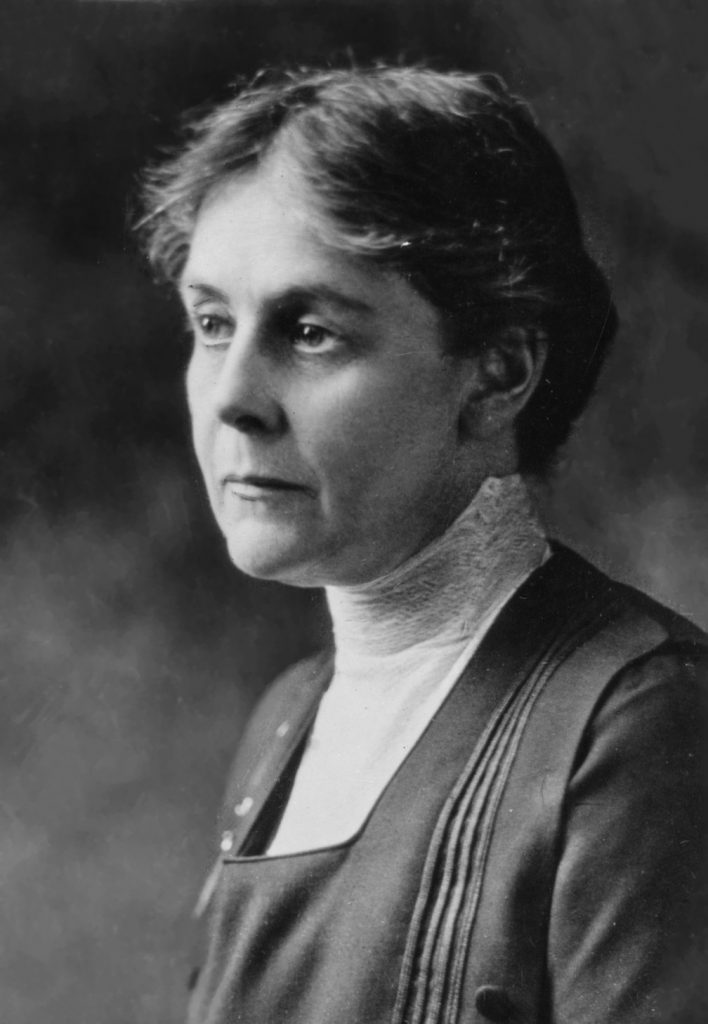
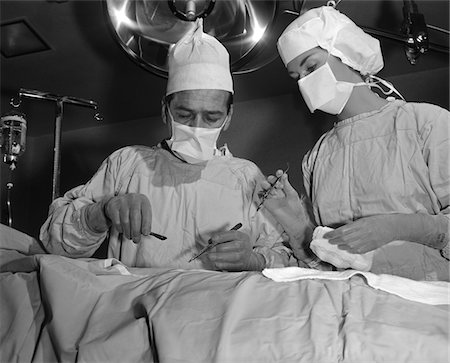
Another step was made in the surgical rooms when in 1937, J.S. Davis recommended that face masks should be worn by medical professionals, both over the mouth and nose as shown above with doctors and nurses practicing this essential precaution (fig.3). The article by MacIntyre and Chughati, “Facemasks for the Prevention of Infection in Healthcare and Community Settings” gave me insight into how early studies in the 19th century that first examined cloth masks were important in the study of disease control overall. The studies outlined in this article show that concepts of droplet and airborne transmission that are ingrained in common scientific practices have recently shown to be more complex that first thought. Masks were used to protect workers from scarlet fever, measles influenza, plague, and tuberculosis. As more studies were done on airborne illnesses and the more the scientific community understood these illnesses, reusable cloth masks became widespread during the mid-twentieth century, globally but was first used in Asia. The authors of this article declare that the current ideas about droplet and airborne transmission is based on outdated experiments from the 1950s, done using old equipment and it over-simplifies the complexity of pathogen transmission.
An article that I included comes from the American Medical Association by Alice Hamilton in 1905 as shown above (fig.4). This article named, “Dissemination of Streptococci Through Invisible, Relation to Scarlet Fever and Sepsis” is a primary source that I decided to use for it is scientific paper that outlines contemporary ideas and research that deal with the importance of droplets of sputum in the dissemination of various respiratory infections among medical professionals. It was found at the Memorial Institution for Infectious Diseases that one or two occurrences had suggested that streptococcus might pass from one patient to another, and that danger to other in the same ward. During April and May, 1904, an effort was made to prove whether or not scarlet fever patients actually disseminate streptococci into the air. The method started with petri dishes that were filled with rabbit’s blood agar which was used to catch droplets of sputum expelled from the mouths scarlet fever patients when coughing or crying or breathing heavily. The conclusion to this paper found that streptococci are expelled from the mouth in the invisible droplets of sputum by couching, speaking, whispering, crying, or breathing heavily through the mouth, at least at a distance of 36 cm.
The topic of medical masks in the 20th century as a research subject within a class that involves cultural products such as fashion, politics, and art brings my focus towards how people at the time saw medical masks within these aspects. My research goes into all these areas of culture, but it also analyzes the scientific community and culture within the 20th century. Living through the Covid-19 pandemic, it is important to look back a century to see how people reacted and perceived medical masks at that time to not only make the same mistakes, but also so we can build back better now with knowledge of scientists that have come before.
Masks reflected the development of progressive scientific thinking during the 20th century and scientific ideas that were developed leading up to the 20th century profoundly impacted history and culture onwards. In this project, I will analyze and present the cultural and historical context of the 20th century to create a better understanding for the reader about how medical masks played a significant role during the 20th century. The sources that I have chosen give an overview of the history of medical masks which comes in the form of noteworthy scientists, physical changes to medical masks, research, and experiments. I have also included primary sources for this project that come in the form of scientific articles, including one in the American Medical Association by Alice Hamilton done in 1905. Masks are part of fashion history and through this pandemic, the medical mask for some people has become synonymous with shoes or socks. Since medical masks become a part of contemporary fashion during times of pandemics or epidemics, we must analyze how medical masks during the 20th century were treated as such.


The article, “Effectiveness of Cloth Masks for Protection Against Severe Acute Respiratory Syndrome Coronavirus” was written by the epidemiologist, Dr. Chughati seen below (fig. 5). Here Dr. Chughati outlines the history and the development of medical masks in the 20th century while analyzing the cultural impact on the public and scientific community through different pandemics. During the century with each outbreak there was a push to find a better way to wear or build masks while there was still studies and research going on how masks play a role in preventing respiratory illnesses. Along with the the overview of the progress made within the medical community and the public, how to properly use and take care of medical masks is also shown within Dr. Chughati’s paper.
Within MacIntyre and Chughati’s article, the Manchurian Plague that occurred in 1910-11 that started along the Russian border of Manchurian in Northeast Asia is described in detail and shown above is a picture of a French publication covering the Manchurian plague. The pneumonic form of plague killed every person it infected. Most believed it was spread by rodents and the masks worn during this plague consisted of a four by six cm mask that secured over the mouth.
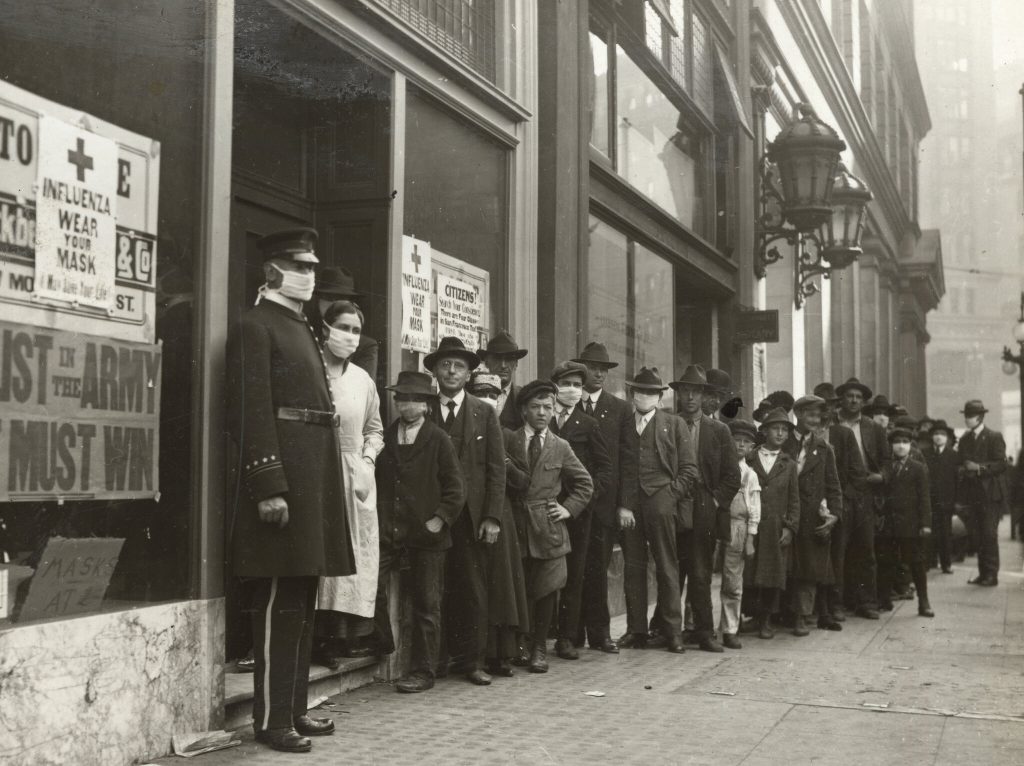
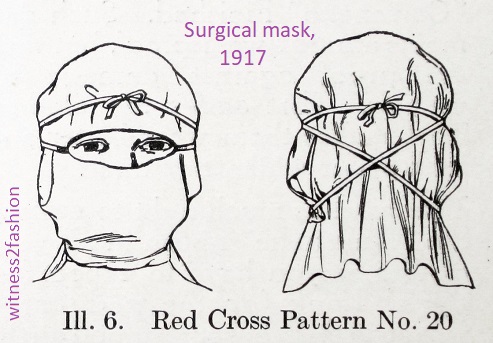
The Spanish Influenza brought worldwide hardship and halted everyday life. The illness did not originate in Spain, but since Spain was a neutral country in the first World War, so there was free media there covering the pandemic. The war added to the severity of the pandemic as soldiers’ immune systems were already weakened y war. People wearing masks during the Spanish flu are shown above (fig. 7).
An article that I have included as a resource for this project is by LB Quesnel, “The Efficiency of Surgical Masks of Varying Design and Composition”, where he takes five different types of surgical masks and tests them for their effectiveness of stopping airborne particles. The analysis tests different fabrics and different designs to find the best type of mask to use for medical and public use. The article by Shooter, “A Study of Surgical Masks” and the article by Matuschek, “The History and Value of Face Masks” are both articles from the National Library of Medicine that give an overview of how medical masks have been used since its inception. Another article that I thought useful to include is Strasser and Schlich’s, “A History of of Medical Mask and the Rise of Throwaway Culture”, where they go into detail about the use of medical masks in the 20th century, but also the consequences that disposable masks had on the medical community and the public during epidemics. (fig. 8)
The sources that I have acquired also go into detail about how to take care of medical masks, how they should be worn, and how one should go about handling them to reduce exposure to respiratory infections. Another aspect of medical masks in the 20th century is how masks evolved both in healthcare communities and in the public. The medical mask has changed form since its inception and the advancements that were made in the previous century results in a safer and healthier community of healthcare professionals as well as in the public as disposable masks emerged during the middle of the 20th century. From researching medical masks as both a piece of scientific and fashion history, the focus of this project is on the relationship between the scientific community and the general public to see the significance that medical masks have had in the past.
Bibliography
- Chughtai, Abrar A et al. “Effectiveness of Cloth Masks for Protection Against Severe Acute Respiratory Syndrome Coronavirus 2.” Emerging infectious diseases vol. 26,10 (2020): e200948. doi:10.3201/eid2610.200948
- Conti AA. Protective face masks through centuries, from XVII century plague doctors to current health care professionals managing the COVID-19 pandemic. Acta Biomed. 2020 Jul 16;91(4):e2020124. doi: 10.23750/abm.v91i4.10231. PMID: 33525231; PMCID: PMC7927518.
- Hamilton, Alice. (1905). Dissemination of Streptococci Through Invisible SPUTUM.IN Relation to Scarlet Fever and Sepsis. http://doi.org/10.1001/jama.1905.92500410032001g
- MacIntyre, Raina, and Abrar Ahmad Chughtai. “Facemasks for the Prevention of Infection in Healthcare and Community Settings.” BMJ: British Medical Journal, vol. 350, 2015. JSTOR, www.jstor.org/stable/26520626. Accessed 31 Mar. 2021.
- Pan K, Goel A, Akin LR, Patel SR. Through Plagues and Pandemics: The Evolution of Medical Face Masks. R I Med J (2013). 2020 Dec 1;103(10):72-75. PMID: 33261240.
- Quesnel LB. The efficiency of surgical masks of varying design and composition. Br J Surg. 1975 Dec;62(12):936-40. doi: 10.1002/bjs.1800621203. PMID: 1203649; PMCID: PMC7161878.
- SHOOTER RA, SMITH MA, HUNTER CJ. A study of surgical masks. Br J Surg. 1959 Nov;47:246-9. doi: 10.1002/bjs.18004720312. PMID: 14446158.
- Strasser, Bruno J, and Thomas Schlich. “A history of the medical mask and the rise of throwaway culture.” Lancet (London, England) vol. 396,10243 (2020): 19-20. doi:10.1016/S0140-6736(20)31207-1
(fig.3) https://dwvyw8kf1avne.cloudfront.net/s3fs-public/inline-images/07_1.jpg
(fig. 4) https://dwvyw8kf1avne.cloudfront.net/s3fs-public/inline-images/01_2.jpg
(fi.10)
https://mashable-evaporation-wordpress.s3.amazonaws.com/2014/10/Flu-epidemic-pair-1.jpg
